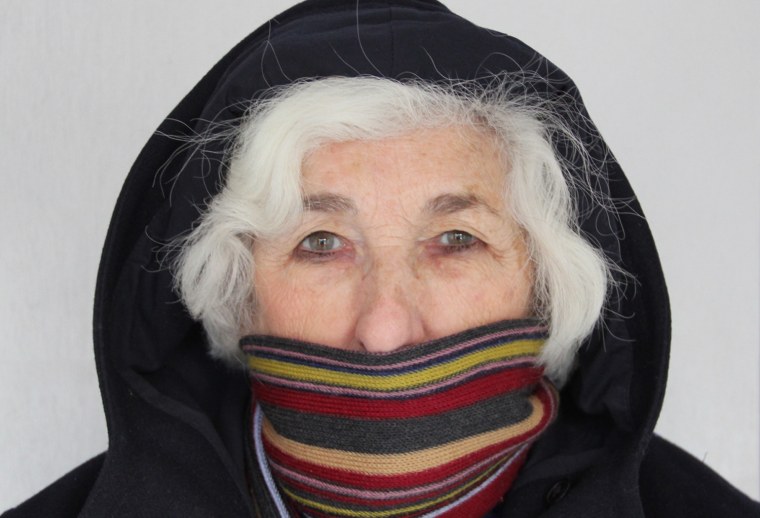The first time the hives hit Joan Crawford, a 76-year-old administrator from Ringwood, N.J., she was heading to a party in New York City with her husband.
"I remember we were walking west for about three blocks and it was very cold and the wind was hitting my face," she says. "And by the time I got to the function, my entire face was swollen. It took about 20 minutes of warm compresses to bring the swelling down."
The next day, her doctor informed her she had cold urticaria -- hives brought on by cold temperatures -- a condition Crawford had never heard of.
"I told him, 'I think you just made this up," she says. "Whoever heard of being allergic to the cold?"
While the condition is a puzzler, a handful of investigators at the National Institutes of Health recently conducted a study on three families suffering from the condition. The scientists were able to identify a genetic mutation that causes not only their cold urticaria, but also other symptoms including immune deficiency and autoimmunity and inflammatory skin disorders.
"The people in these families had cold urticaria from birth and cold environments could trigger hives as would evaporation," says Dr. Joshua Milner of the Laboratory of Allergic Diseases at the National Institute of Allergy and Infectious Diseases (NIAID).
"If they had wet skin and air blew past it, that would really trigger the cold symptoms. If they hopped in a cold swimming pool, they'd have a big problem. There was even a baby who at two weeks was put into a baby swing and the breeze from the baby swing made the baby break out in hives."
In addition to cold urticaria, the 27 people Milner and his disease detective colleagues studied suffered from a host of other conditions including food allergies, asthma, infections, rashes and granulomas, or small pockets of inflammation.
"Because it was running in families, we were able to map the gene and then the region that it mapped to and, lo and behold, when we sequenced the gene, we found that a small, small, small piece of DNA was missing," says Milner.
As a consequence of this missing DNA, the gene in question (known as PLCG2) was "turned on" all the time, causing antibodies to respond in an abnormal fashion.
Researchers dubbed the genetic mutation PLAID, for PLCG2-associated antibody deficiency and immune dysregulation.
"We called it PLAID because it's a complex pattern of symptoms, just like plaid," says Milner.
Not all people who suffer from cold urticaria have PLAID. Crawford, for instance, isn't sure whether she does because she's never been tested. But Milner says those who do have it may one day be able to get help for their condition.
"There are inhibitors out there to inhibit this gene," he says. "So potentially, we could treat these patients after further research is done."
In the meantime, Milner says people with cold urticaria may want to talk to other family members to see if they suffer from any of the related conditions that are part of the PLAID "fabric".
"The reason we found this was because these were big families and they realized within their nuclear families that they had the same thing," he says. "They held the key, but they didn't realize what everybody else had. They didn't know what was going on with their cousins. It wasn't until we got all the elements of history aside from the cold urticaria -- the business with the rashes and the infections -- that we realized other people had it.
"It was the cold urticaria that allowed us to do the linkage analysis, but we wouldn't have been able to identify the gene in that location without knowing about all these other issues going on."
Related stories:
Virginia first-grader dies after allergic reaction at school
